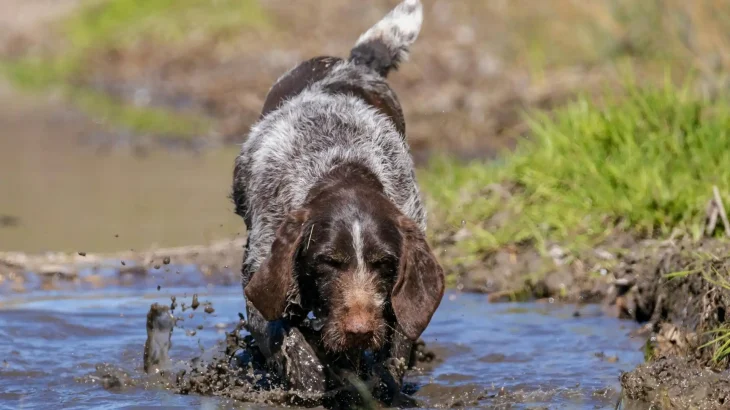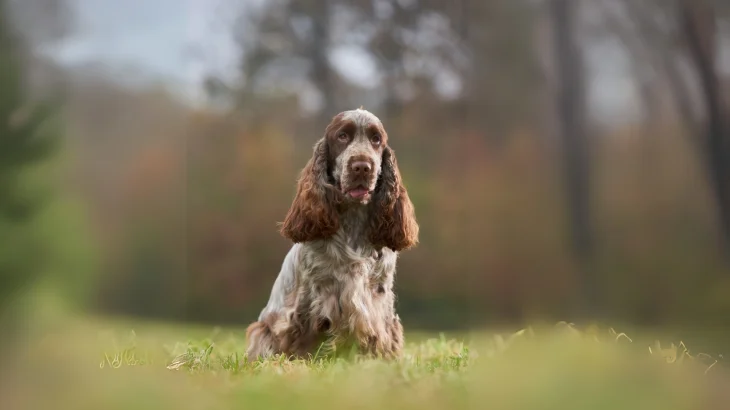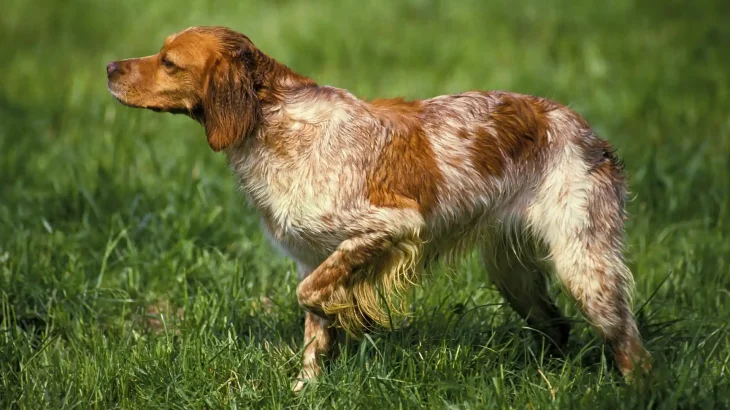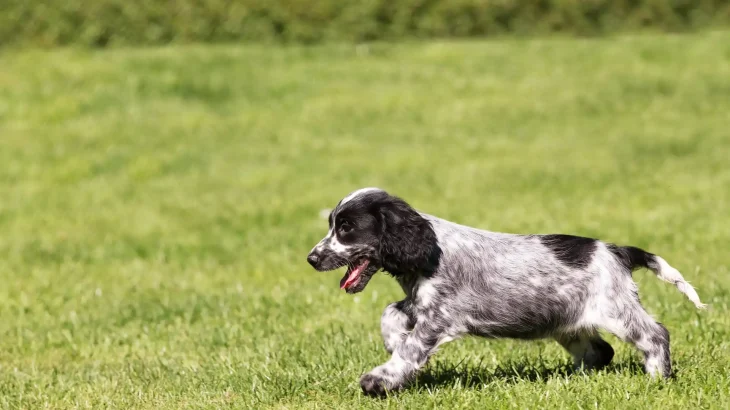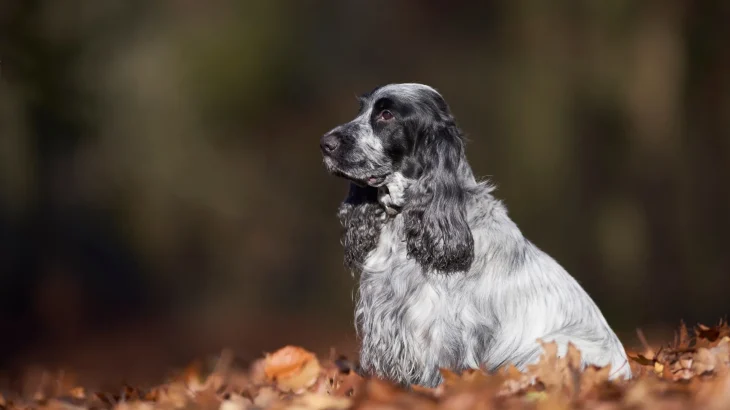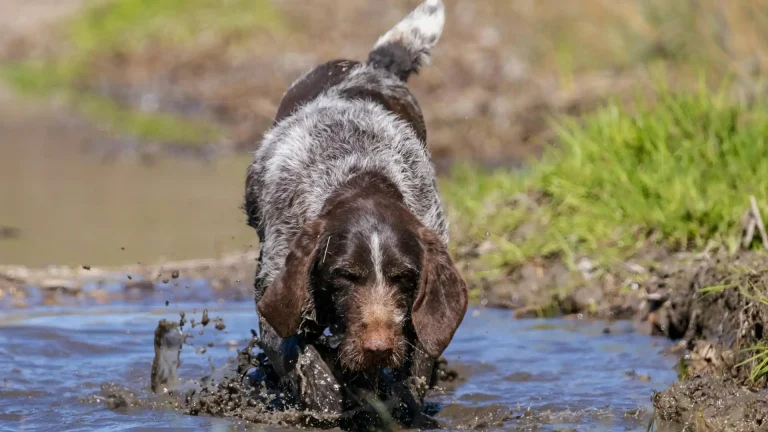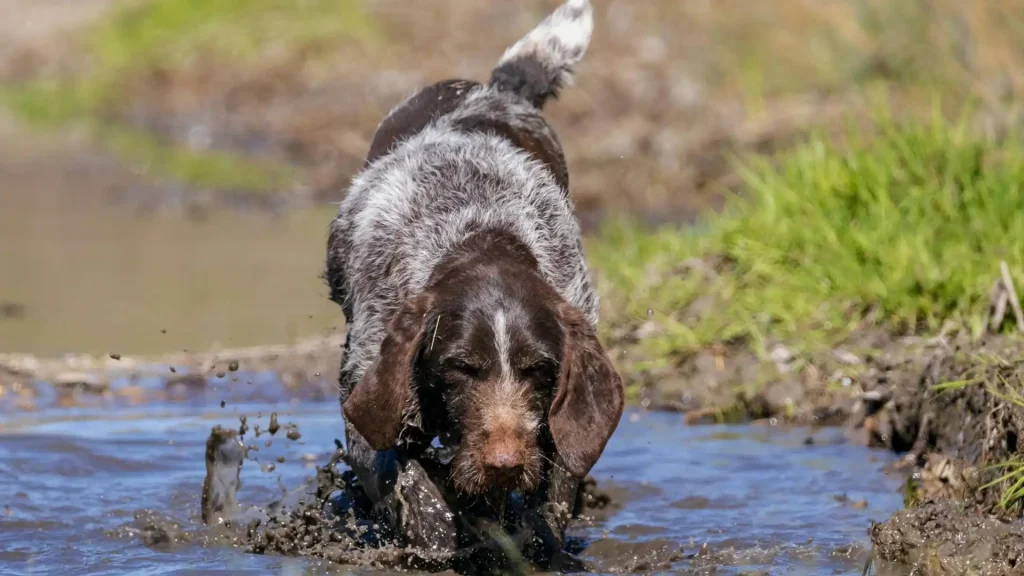When deciding to bring a Small Munsterlander puppy into your home, you can either adopt or purchase from a breeder. Each path offers different advantages, with adoption providing a chance to save a dog in need, while buying from a breeder may offer more clarity on the puppy's background and lineage.
Adoption vs. Breeder: Pros & Cons
| Criteria | Buying from Breeder | Adopting from Shelter/Rescue |
|---|---|---|
| Cost | Generally higher, reflecting pedigree and breeding costs. | Usually lower, with adoption fees often covering initial care. |
| Health History | Comprehensive health records and genetic testing often available. | Health history may be incomplete but preliminary health checks are done. |
| Age Availability | Primarily puppies, allowing early bonding and training. | Varies widely, including puppies, adults, or seniors. |
| Temperament Insight | Breeders can share lineage temperament traits aiding predictability. | Temperament is usually assessed on a case-by-case basis by shelter staff. |
| Supporting Practices | Supports ethical, responsible breeding when breeders are reputable. | Contributes to animal welfare by rehoming dogs in need. |
| Ethical Considerations | Requires careful breeder selection to avoid puppy mills. | Reduces demand for breeding and helps control pet overpopulation. |

